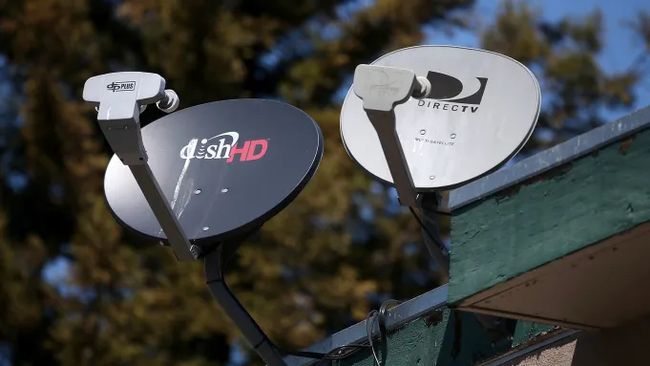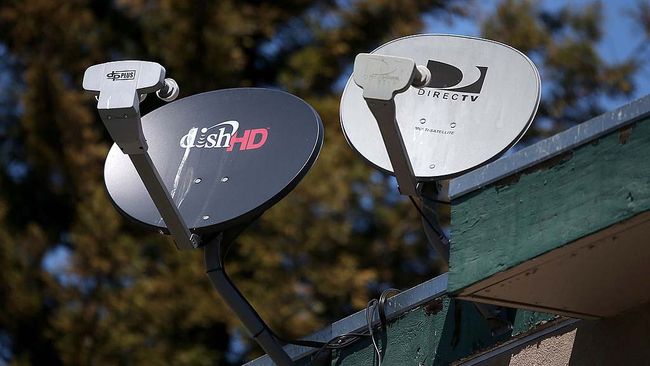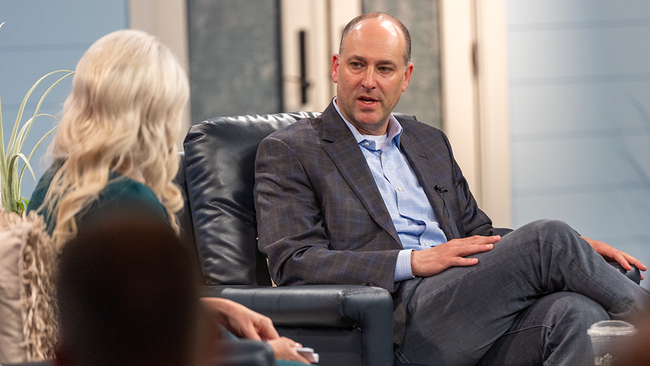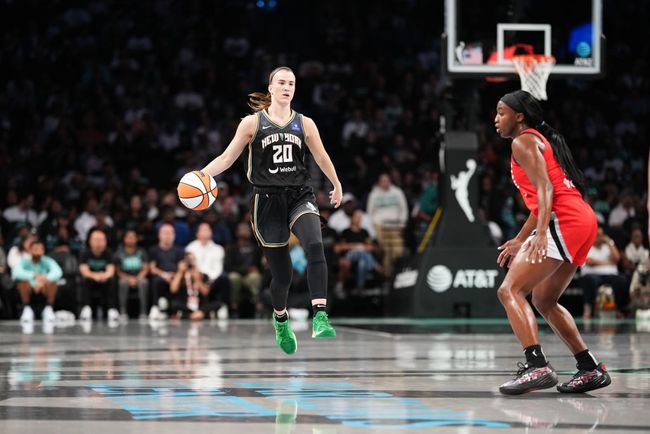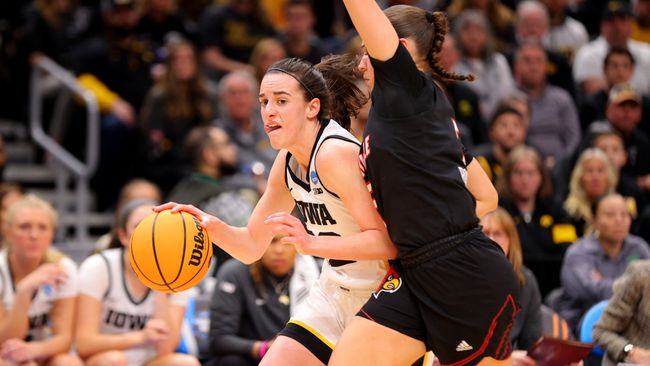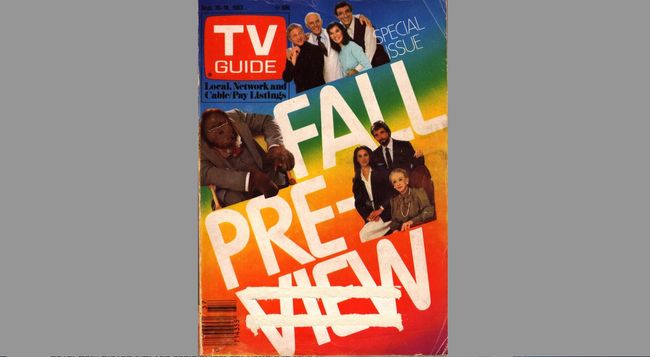
September is already upon us and in days of yore that used to herald the new fall season of network prime time TV shows.

I am old enough to remember the old TV Guide magazine and its much awaited Fall Preview issue, featuring summaries of that year’s new shows, a handy guide to have when you were trying to decide which of the three networks to watch that night.
For a kid, it was part of the overall return to normality after summer vacation. School would start up again (in the Northeast we did not go back until after Labor Day), there would be new TV shows and the traditional patterns of life would resume.
That changed even before streaming became a thing. Two series in particular stand out--Under The Dome, which debuted on CBS back in 2013 and Mr. Robot, which debuted on USA back in 2015. Both proved that you could in fact get viewers to tune in during the summer months and create the sort of show that got both buzz and decently high ratings.
That’s all but gone out the window now that streaming is in full force and shows mostly seem to show up randomly, with little or no regard to seasonality.
Some of that is a result of the pandemic, and production being shut down and everyone rushing to upload shows they’ve gotten produced as soon as they’re out of the editing suite in an attempt to keep current subscribers happy while luring in potential new ones.
But much of it is due to the fact that in the new streaming ecosystem, seasonality doesn’t carry much weight.
NEXT TV NEWSLETTER
The smarter way to stay on top of the streaming and OTT industry. Sign up below.
On the one hand, you have Netflix and Amazon dropping series on an all-at-once basis, which means it’s more about when you, the viewer, get around to watching them, and less about when Netflix and Amazon actually releases them.
On the other hand, you have Wall Street, which has made every single quarter a new fall season.
Investors get unhappy when the various services miss their subscriber projections because they didn’t have much in the way of original content for a particular quarter. This is why the streaming services are learning to get into a quarterly release cycle, making sure they have something to juice subscriber numbers each fiscal quarter so as not to send stock prices tumbling, which in turn leads to the sort of overly dramatic “X Is Losing the Streaming Wars!” stories every programming executive dreads.
What to Expect This Fall
All that said, there are a couple of key trends to keep an eye on this fall.
The Return of Linear. Whether it’s the hundreds of linear-like channels on the FASTs or just the buzz around the weekly releases of recent shows like The White Lotus and Ted Lasso, viewers seem to be reacquainting themselves with linear schedules. For the FASTs, it’s just a question of convenience—if you’re watching reruns, it’s just easier to let someone else play VJ.
For the weekly releases, there’s an argument to be made that as people are traveling less and staying home more, having something to look forward to at the end of the week helps break up the monotony. While that’s a sad thought at some level, it’s likely reassuring to the powers that be that TV still plays such a large role in people’s lives.
A Broader Range of Genres. With the exception of Discovery Plus, all of the various Flixes launched with programming that could best be described as “HBO-like”—shows aimed at more educated, affluent viewers who appreciated more subtle storylines. That made sense in that those affluent educated viewers were likely to be the sort of early adopters who were happy to give each new service a try, at least initially.
But there are only so many people who meet that upscale educated early adopter description, and the Flixes need more subscribers to feed the beast, so look for them to release programming aimed at a broader audience, in a broader range of genres.
Reality TV and competition shows, for example, remain hugely popular on traditional linear TV, yet none of the streaming services have really been able to crack that nut. Yet. And while you’re unlikely to see much of that in Fall 2021, Fall 2022 may prove to be a very different story, as the streaming services fully absorb the lesson that to stay successful and attract even more viewers, they’re going to need to program for a much broader audience.
International Programming. Netflix in particular has had a great deal of success with programming produced outside the U.S. in languages other than English. Take the Israeli series, Shtisel, a drama about a Haredi family. It’s a show few would have bet on to become a U.S. hit, but it’s done quite well for Netflix. So look for the other Flixes to begin mining the array of well done shows produced outside the U.S. over the past 10 years or so, and bringing them home for American audiences.
The Beginnings of Homemade Prime Time. As more and more Flixes move to a weekly release schedule, look for viewers to begin cobbling together their own prime time schedules, with certain shows they watch on certain nights, either when they’re first released or shortly thereafter. It won't be the end of bingeing—that’s not going anywhere—but it will be a way for time-pressed viewers to keep up with the tsunami of new programming that’s coming right now as all the post-pandemic productions get released.
So that’s what Fall 2021 should look like. It’s not the TV Guide Fall Preview, but it’s the closest we can get to it in the new streaming era.
Alan Wolk is the co-founder and lead analyst for media consultancy TV[R]EV

